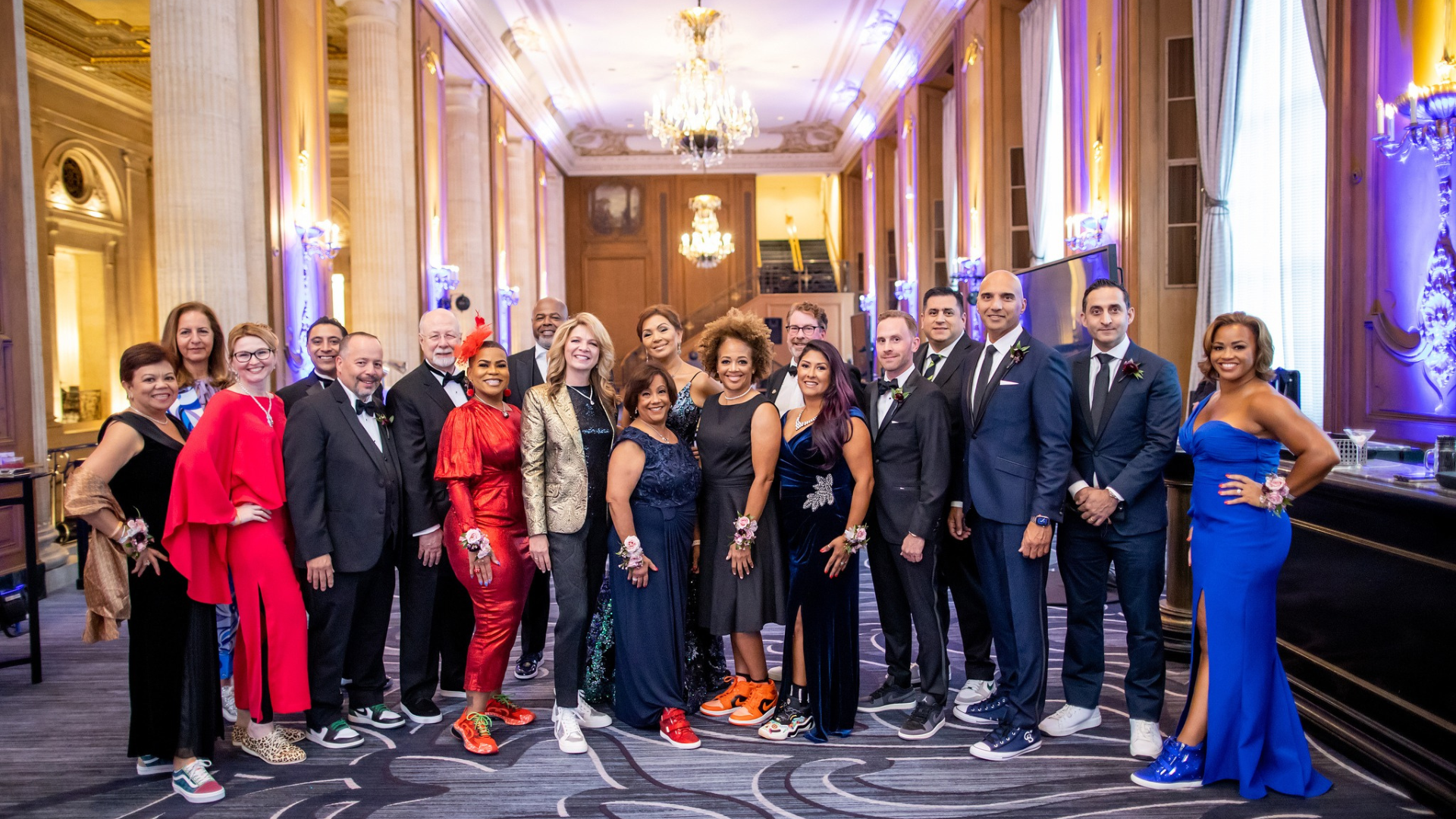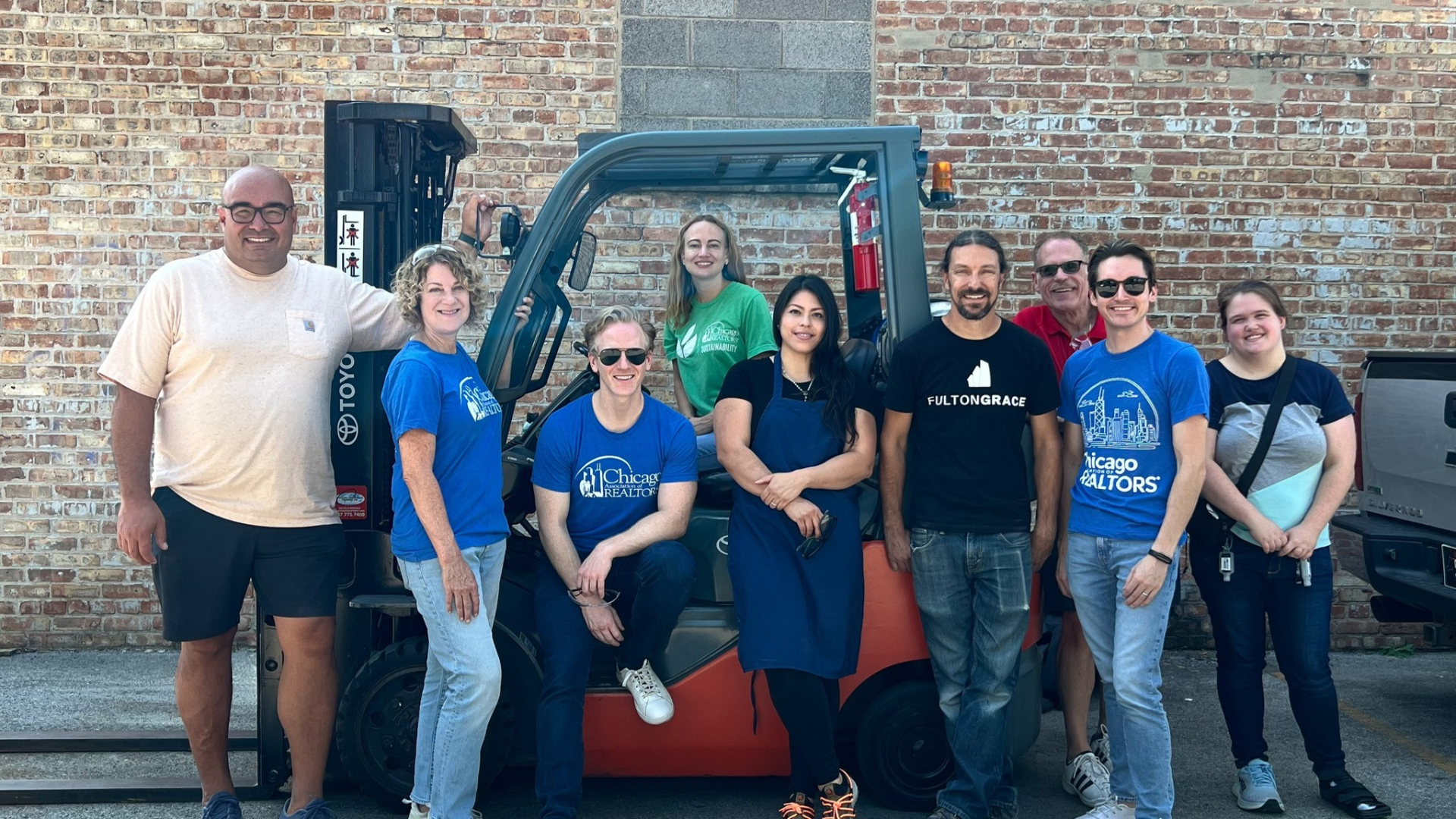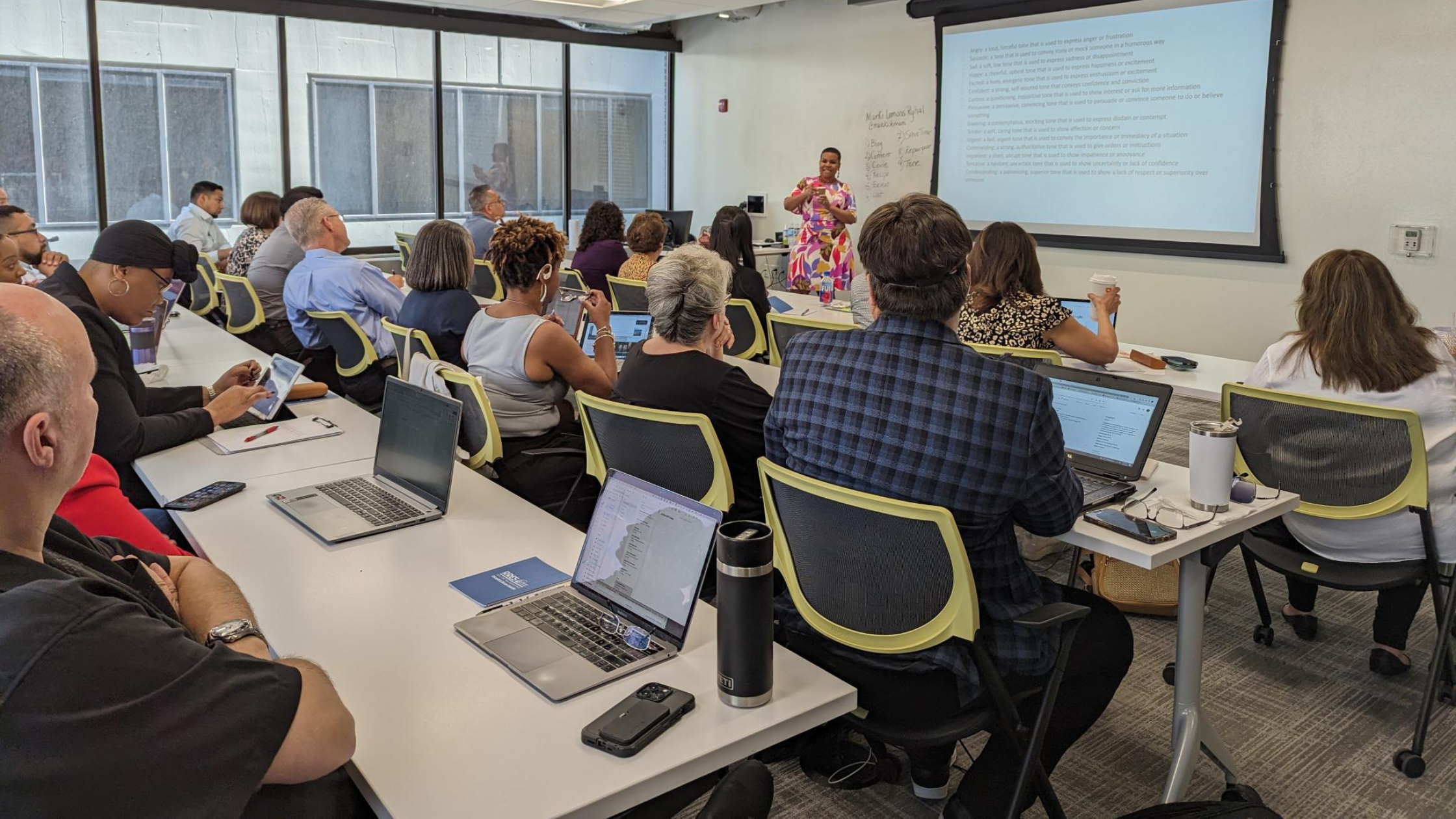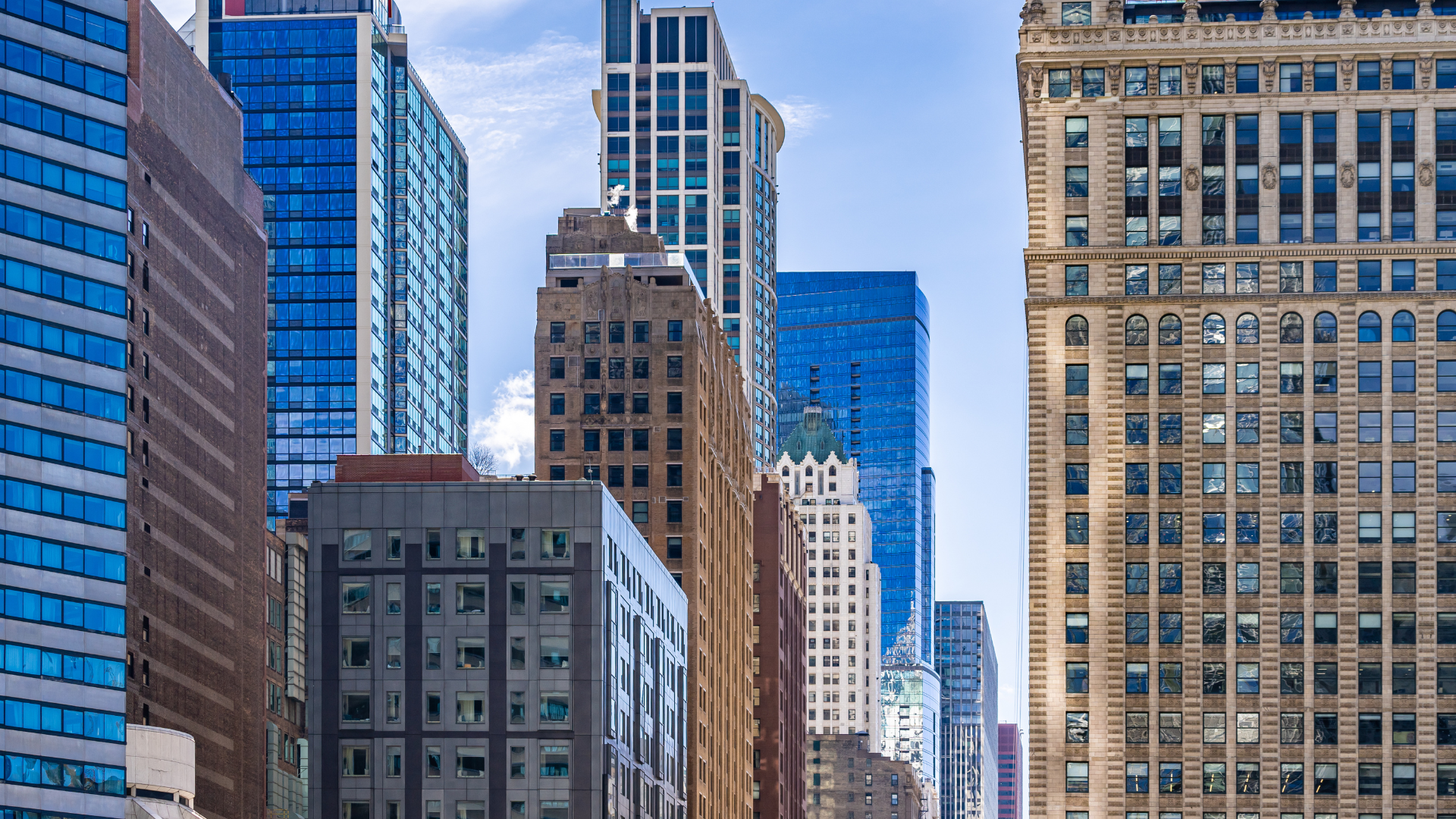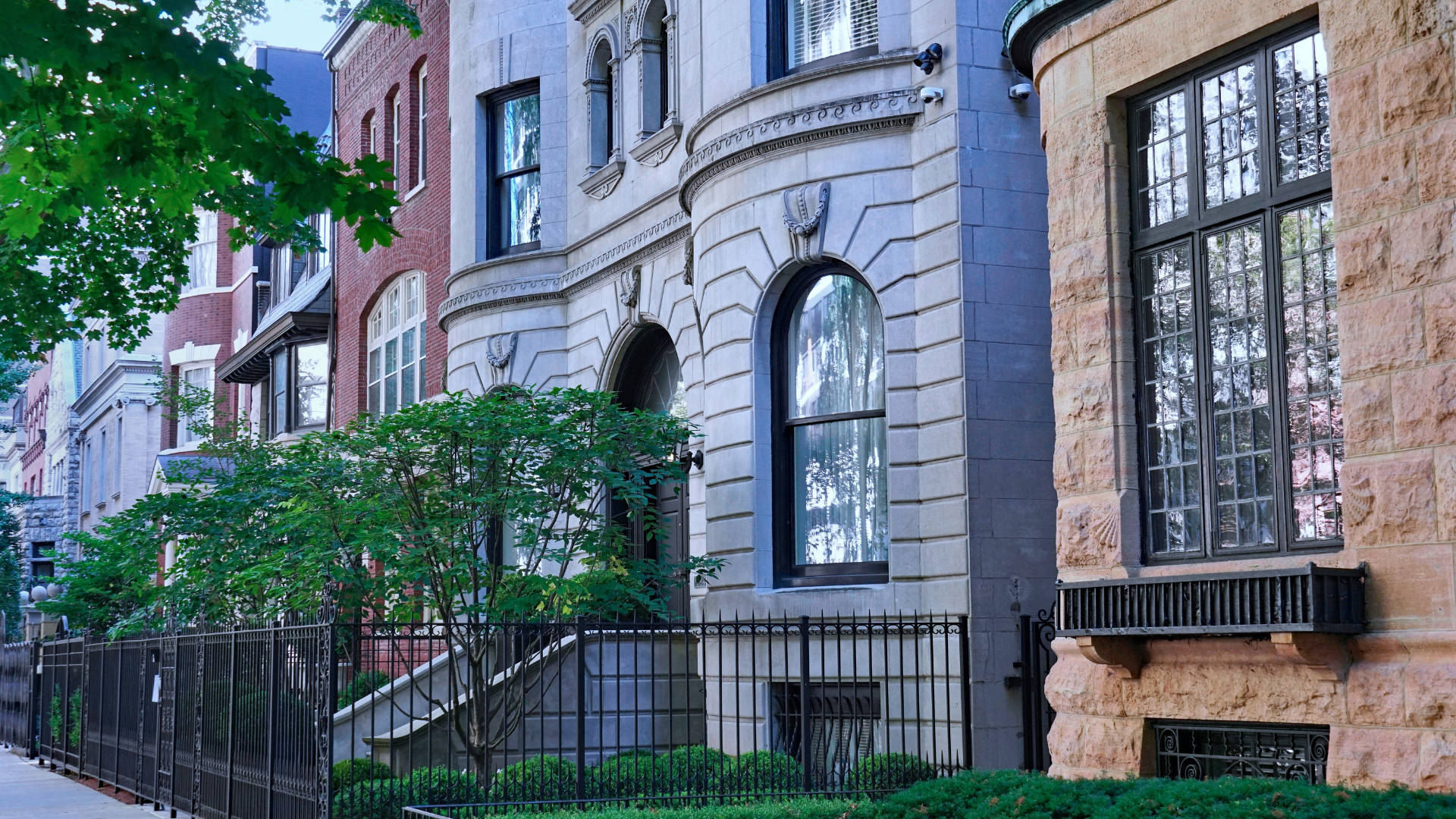With its prime access to Lake Michigan, a rare collection of historic housing and $1 billion in hands-on development from some of the most influential architects of the last century, South Shore, Woodlawn and the Jackson Park Highlands have a lot to offer.
Throughout history, these neighborhoods have experienced massive waves of development and international interest. And, due to historical racially-motivated discrimination and economic distress, the area has been hit harder by challenges, such as the 2008 financial crisis.
Today, South Shore, Woodlawn and the Jackson Park Highlands are in the midst of a renaissance. With housing values and populations back on the rise, and so many high-profile developments in the works, it shouldn’t come as a surprise that Woodlawn was named 2016 Neighborhood of the Year by Curbed Chicago.
Jackson Park
It’s impossible to talk about this area without first acknowledging the World’s Columbian Exposition, because many of the local jewels were first developed for the fair. Around 125 years ago, Jackson Park was selected as the site that would introduce the world to Chicago.
Called the White City, the fair’s world-renowned designers spent about $1.2 billion in today’s dollars to construct their vision of a perfect miniature city. A swarm of new construction came to the surrounding Woodlawn and South Shore, as eager investors came to cash in on the international attention.
Jackson Park Highlands
The Jackson Park Highlands is one great example of the lasting investment from the world’s fair. This 16-square block area within South Shore is home to rare, historic manor homes built as a showcase for the fair. Since 2015, the enclave of lavish Spanish Colonials, stately Tudors, uncommon Colonial Revivals and rustic French Provincials, has seen a spike in median sales price and home sales since 2015.
Garden of the Phoenix
Though most of the original ornate buildings are long gone, visitors to Jackson Park can still enjoy the Garden of the Phoenix, Japan’s contribution to the fair on Wooded Island. Featuring bonsai, arched bridges and intricate lantern posts, the island is a living time capsule. The garden was so inspiring to artist Yoko Ono that she recently installed her only permanent art installation in North America there.
The Museum of Science and Industry
The Museum of Science and Industry is another Jackson Park treasure, one of the only exhibition halls still standing.
The museum, which has ample underground parking and several free admission days for Chicago residents, is known as the largest science center in the Western Hemisphere.
Nearly 125 years later, Jackson Park was chosen as the site of a new massive international attraction— President Barack Obama chose the site as host of his presidential library. Once approved and completed in 2021, the $500 million-plus development will include tens of millions in infrastructure improvements for the surrounding area, along with a rush of tourists and others eager to capitalize on the area’s attention.
The Midway & Development
The boundary separating Woodlawn and Hyde Park is gorgeous, unique and another relic of the world’s fair. The Midway Plaisance, or the Midway, is a rambling collection of monuments, an ice rink, ball fields and gardens bordering the University of Chicago.
Woodlawn is slowly becoming home for U. of C. students. In January, the university announced a major push for students in the neighborhood, announcing a $450 million-plus residential hall off 61st Street. The Woodlawn Residential Hall is expected to house 1,300 students when it opens in 2020.
Just a few blocks away, on 63rd Street, hungry undergrads will find newer indie cafés like Robust Coffee Lounge and Daley’s Restaurant.
Daley’s Restaurant
Daley’s holds an amazing distinction as Chicago’s oldest restaurant, which first opened its doors in 1892 – a year before the world’s fair. Just as much of South Shore and Woodlawn, the historic soul food spot is also experiencing revitalization. The restaurant is moving across the street to its new location as part of a $30 million development called Woodlawn Station, expected to be completed this fall.
Getting Around
Located at the entrance of the Cottage Grove Green Line CTA station, Woodlawn Station adds 70 mixed-income units and 15,000 square feet of retail space and off-street parking. Also in the works: CTA announced last year that the Cottage Grove stop would receive a multi-million-dollar facelift to improve the station.
This may help boost the Walk Score for South Shore and Woodlawn which rank lower than other neighborhoods. But its location, nestled between I-90 to the west and Lake Shore Drive to the east, make bus travel and driving convenient. And the proposed major investments like the Obama Center is expected to bring tens of millions in roadway upgrades.
71st Street Corridor
Along the 71st corridor brings another example of urban renewal. South Shore was dealt a loss with the closure of Dominick’s grocery store, which has remained vacant since 2013. The loss classified the area as a food desert. But another grocer, Shop & Save, filed paperwork with the city earlier this year to move into the space. The business corridor is still home to an eclectic mix of family-owned barbershops and restaurants, and larger retail chains such as Walgreens. One such restaurant, Italian Fiesta Pizzeria on 71st, is one of the oldest in Chicago. Its cheesy, thin-crust pies are a favorite of Michelle Obama’s, who flew in Italian Fiesta’s owners to serve pizza during the 2008 inauguration. A few streets down hides Majani Restaurant, an intimate, soulful vegan dining option. Highlights include the divine BBQ cauliflower and the savory sweet potato cookie.
Another local gem is Chicken Wings Around the World, on 75th Street, which offers an almost shocking number of flavors to choose from. The adventurous type should try their famous taffy grapes, the restaurant’s spin on a candy apple. And no trip to the area would be complete without a stop at the original A.P. Deli on East 75th, home to Chicago’s best corned beef sandwich.
South Shore Cultural Center
Another prime example of rich history and rebirth of the area is the South Shore Cultural Center, off 71st Street. The site started out as the South Shore Country Club in 1905 and was designed in a Mediterranean Revival style. For the club’s entire 68-year history, membership was not extended to African Americans. The club folded in 1973 and the building was sold to the city in 1975, where it has flourished as a cultural center. Today, membership is open to all. The center offers beach access, horse stables and even classes for children and adults. The building’s palatial ballrooms have been preserved and serves as a popular wedding spot.
The center is also the site of a major investment. In 2016, golf pro Tiger Woods announced plans to revitalize the century old Jackson Park and South Shore golf courses into one suitable to host a PGA tournament, a $30 million project. The proposed refresh would also include tens of millions in infrastructure upgrades to improve the surrounding roadways. Once approved, the course is projected to be completed around the same time as the Obama center.
Rainbow Beach
Nearby Rainbow Beach, on East 75th Street, is home to expansive views of the city skyline and a surprisingly vivid ecosystem of native rare plants like the prickly pear cactus, perfect for an early autumn nature walk. There’s even been a bald eagle nesting recently spotted along the 60-acre shoreline.
Median sales prices for the combined Woodlawn, South Shore and Jackson Park Highlands have steadily increased since the 2016 announcement of the Obama center, while average market time has steadily decreased from its February 2017 peak. It’s not too late for investors to get into the market. The sales price in the combined area is substantially lower than the city of Chicago average. One possible explanation – population loss.
At its peak in 1960, more than 80,000 people lived in Woodlawn. About 25,000 people call Woodlawn home today. South Shore, while larger, also lost a significant number of residents in the 1970s. In fact, no community across the city lost as many downtown jobs as the South Shore between 2010 and 2014, as reported by the Chicago Tribune.
As developers and community organizations debate over density in other neighborhoods, the large, varied housing inventory is another reason why investors and potential homebuyers can get the most bang for their buck, especially compared to other areas nearby.
Replacing Vacancies
This renewal is starting to take hold commercially as well. Local businesswoman Alisa Starks is working to convert a blighted bank building on South Jeffrey Boulevard into an entertainment complex that would include a dine-in movie theater, a restaurant and a bowling alley by May 2019, according to the Tribune. The Strand Hotel, one of the oldest buildings in Woodlawn and former jazz haven was recently rehabilitated with a $23 million investment to convert the building into apartments.
Neighborhood advocates say the investment boom and development of the north side must eventually work its way south. With hundreds of millions in development flooding the area, it seems that many can see the value in the area. But if South Shore, Woodlawn and Jackson Park do boom, it will not be the first time.
